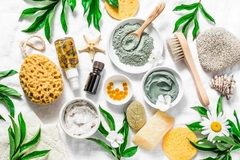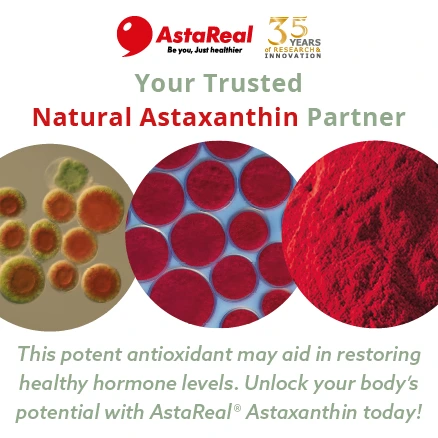Dow and Evonik launch pilot plant for propylene glycol synthesis in Germany
01 Nov 2023 --- Dow and Evonik have inaugurated a pilot plant for the conversion of hydrogen peroxide to propylene glycol (HPPG) in Hanau, Germany. Propylene glycol is an essential personal care ingredient that increases moisture retention.
The plant uses the Hyprosyn method developed by Dow to enable the direct synthesis of propylene glycol from hydrogen peroxide and propylene.
“With this innovative technology and flexible asset and business model, we are well positioned to meet our customers’ needs and growing market demand,” comments Andrew Jones, global business director for Chlor-Alkali Vinyl & Propylene Oxide, Propylene Glycol at Dow.
 Propylene glycol is an essential personal care ingredient that increases moisture retention.In contrast to the traditional process, where propylene is used to make propylene oxide, which is converted to propylene glycol through hydrolysis, the Hyprosyn process uses a novel catalytic system to generate propylene glycol directly from propylene and hydrogen peroxide.
Propylene glycol is an essential personal care ingredient that increases moisture retention.In contrast to the traditional process, where propylene is used to make propylene oxide, which is converted to propylene glycol through hydrolysis, the Hyprosyn process uses a novel catalytic system to generate propylene glycol directly from propylene and hydrogen peroxide.
“The startup of this pilot plant in Hanau thus not only represents a major technological milestone in our efforts to make industry more sustainable, it is also a prime example of how cross-company collaboration, like this partnership with Dow, is essential to driving sustainable solutions,” says Michael Träxler, head of Evonik’s Active Oxygens business line.
Streamlining production
Propylene glycol serves as an essential ingredient such as a high-performing additive, intermediate or initiator in a wide range of applications — including industrial, food and animal feed, pharmaceuticals and cosmetics.
The integration of all key reaction stages in a single reactor eliminates the need for additional investments in propylene oxide capacity and lowers capital requirements, highlights Dow and Evonik.
The process also enables a reduced environmental footprint. For instance, water consumption is reduced to less than 5% compared to conventional propylene glycol methods.
In addition, existing propylene glycol plants can be retrofitted with this new technology.
In other partnerships, Dow and LanzaTech recently introduced a biodegradable surfactant to the home care market made from carbon emissions.
Edited by Benjamin Ferrer














